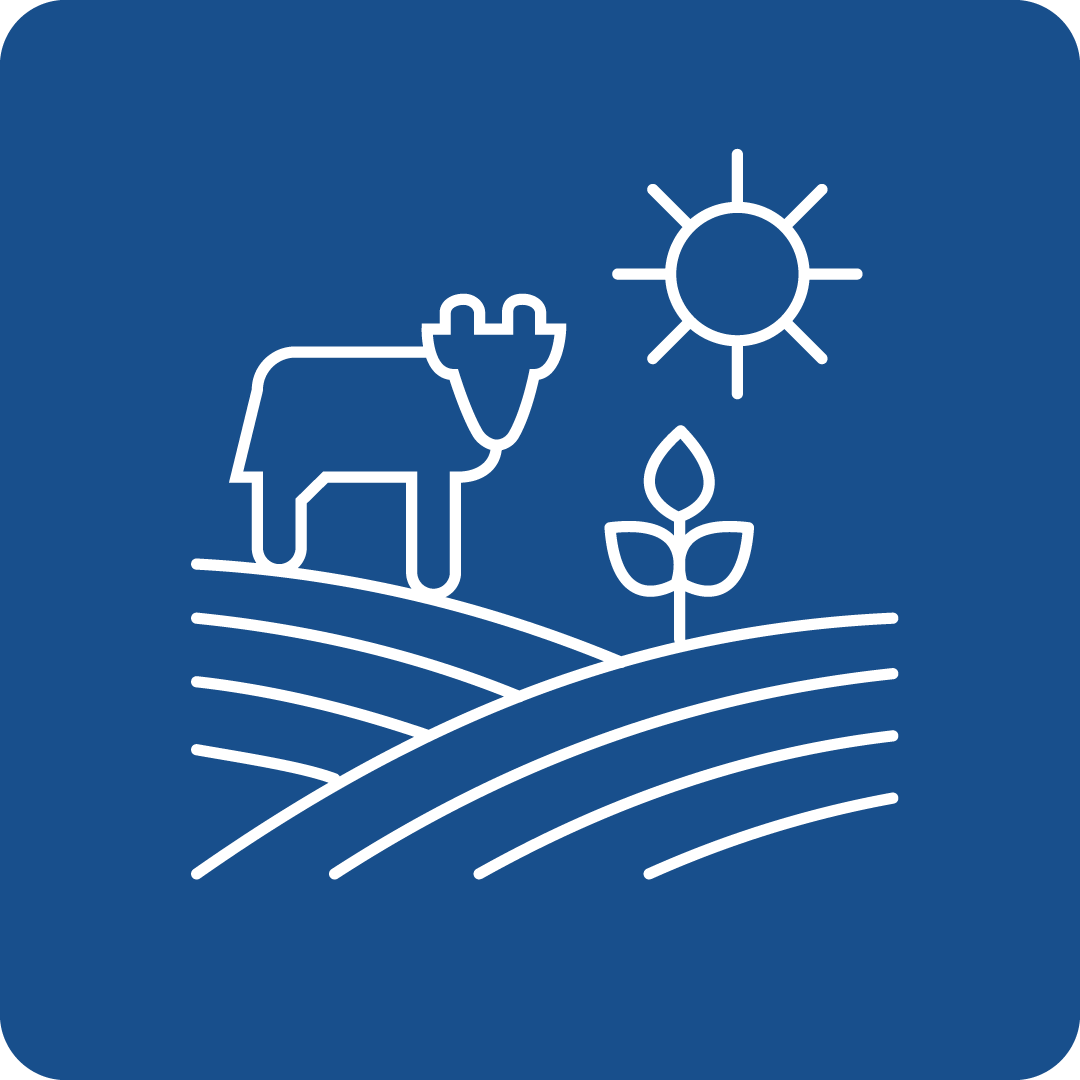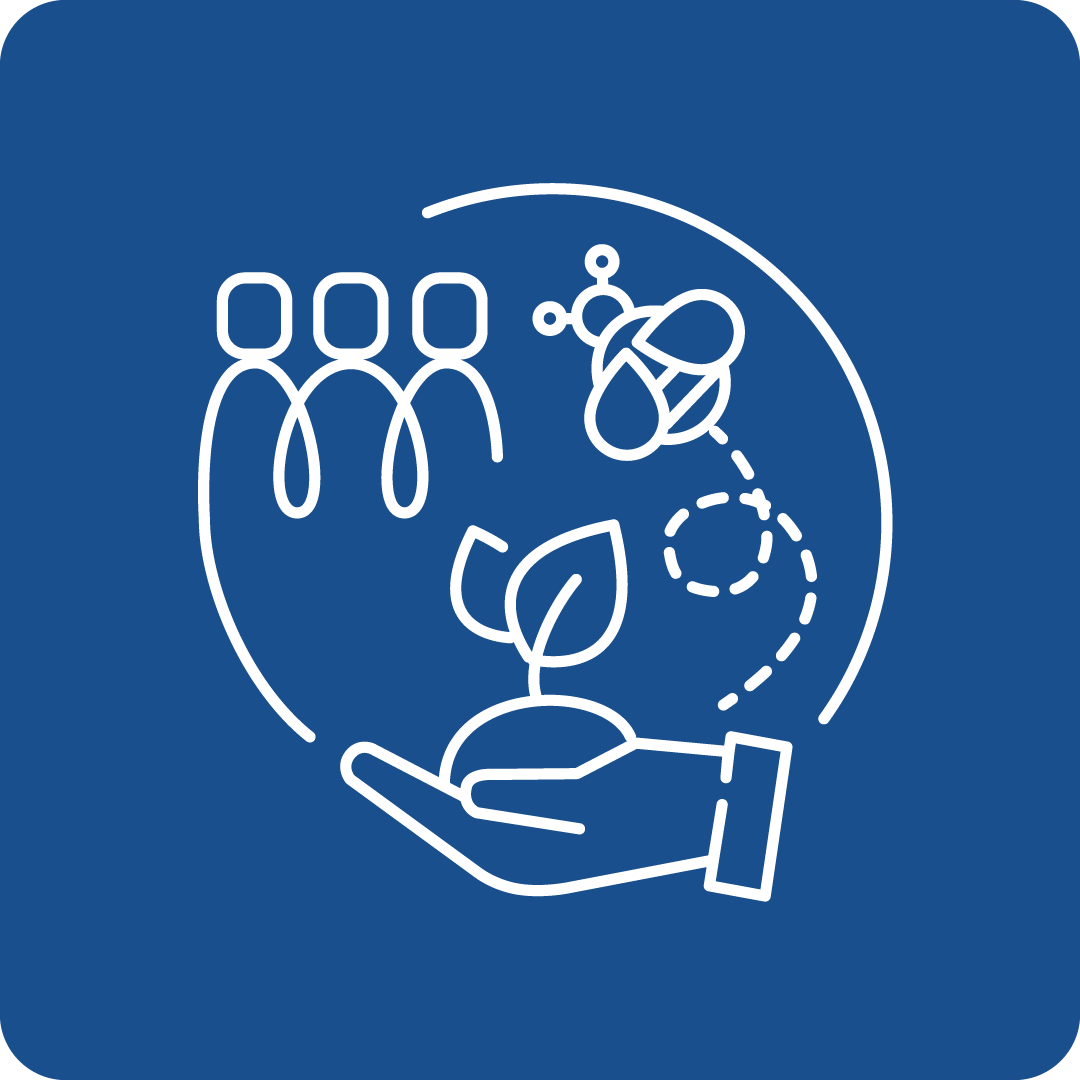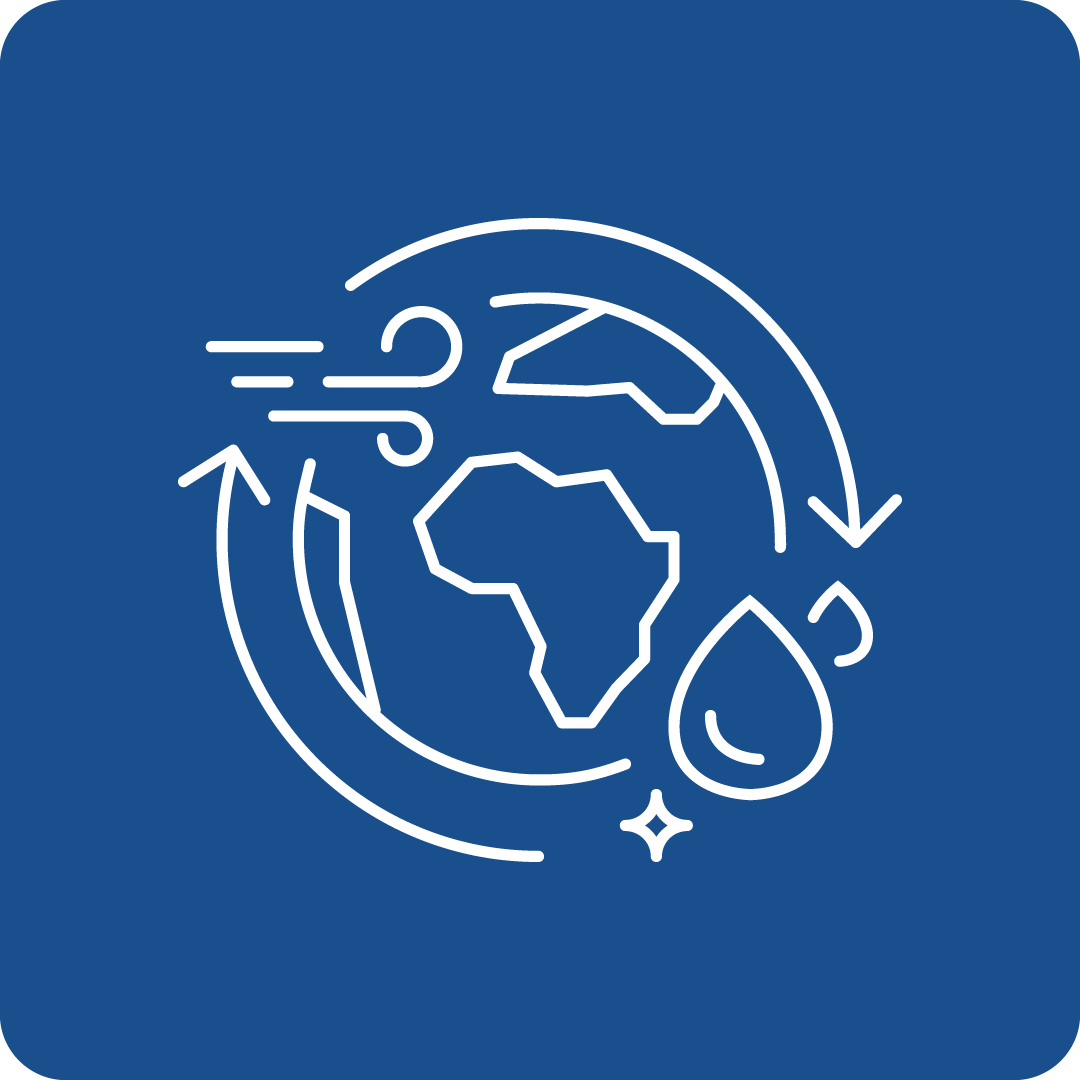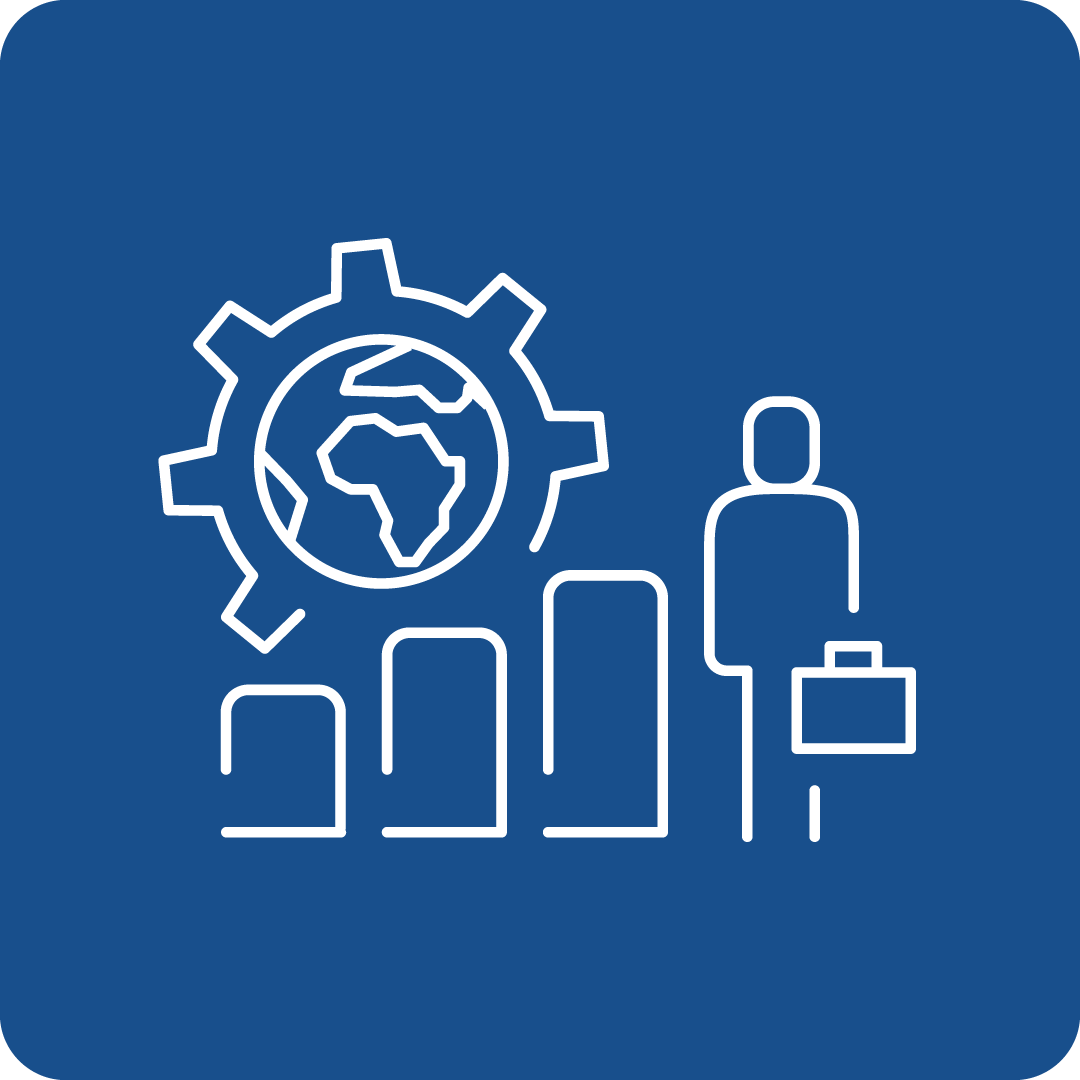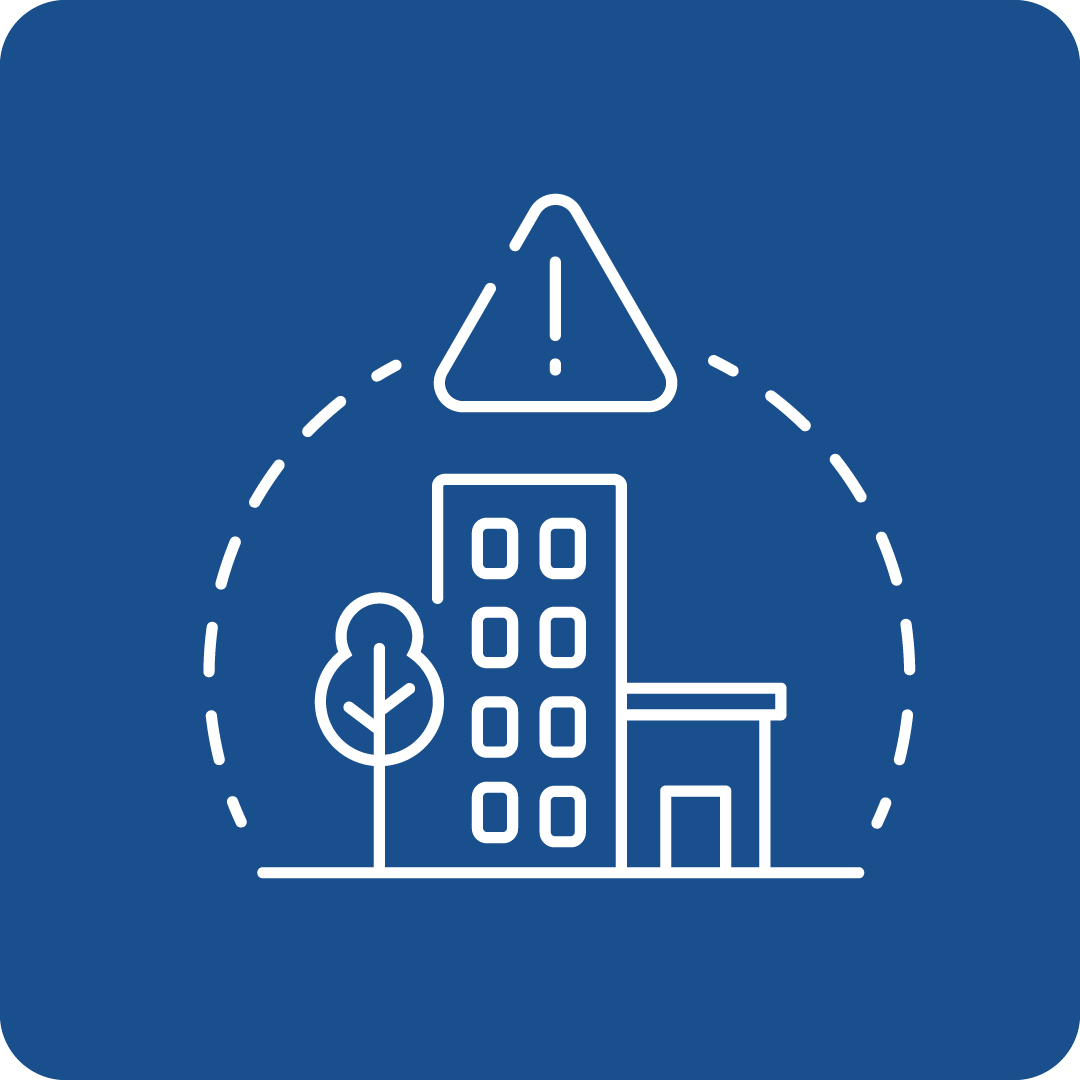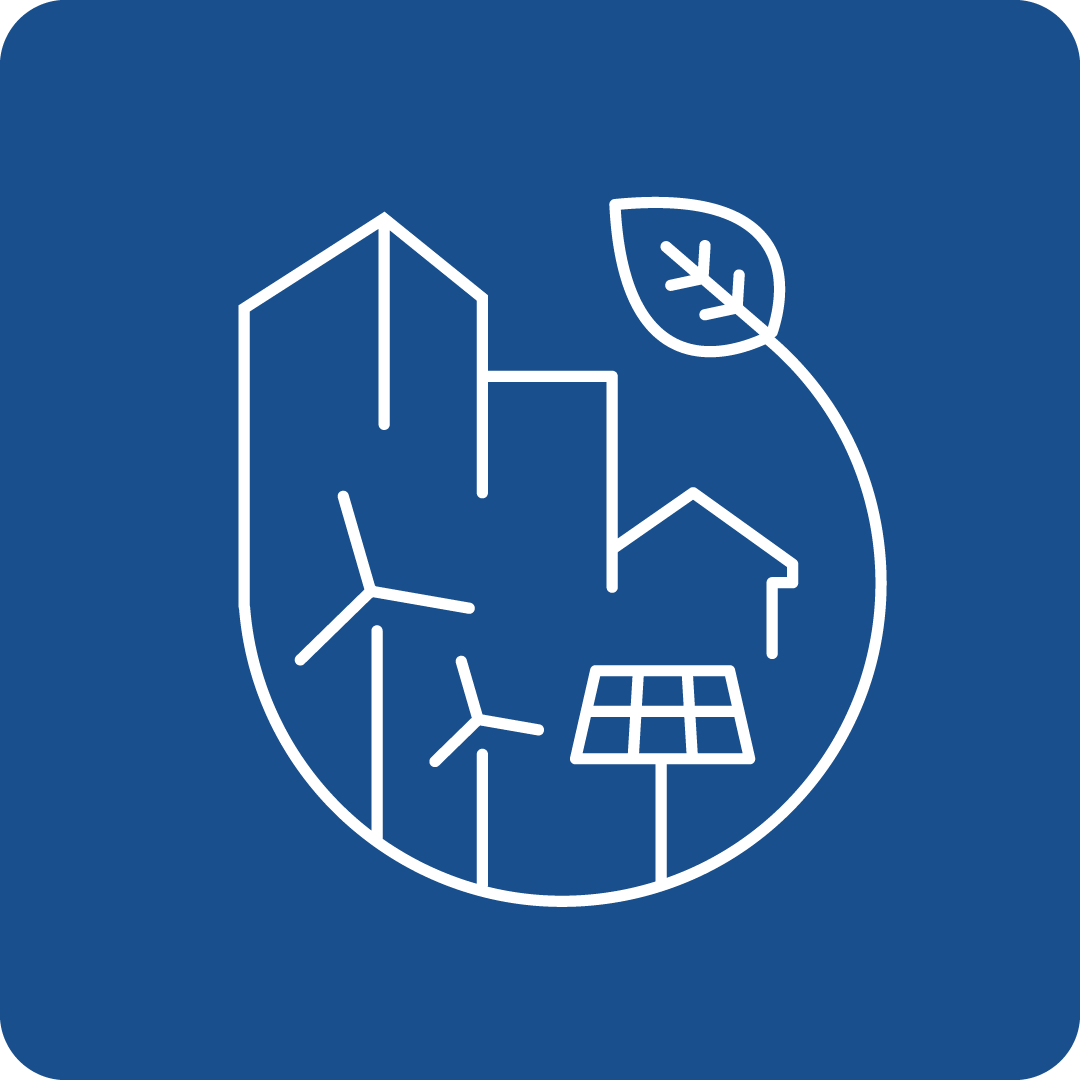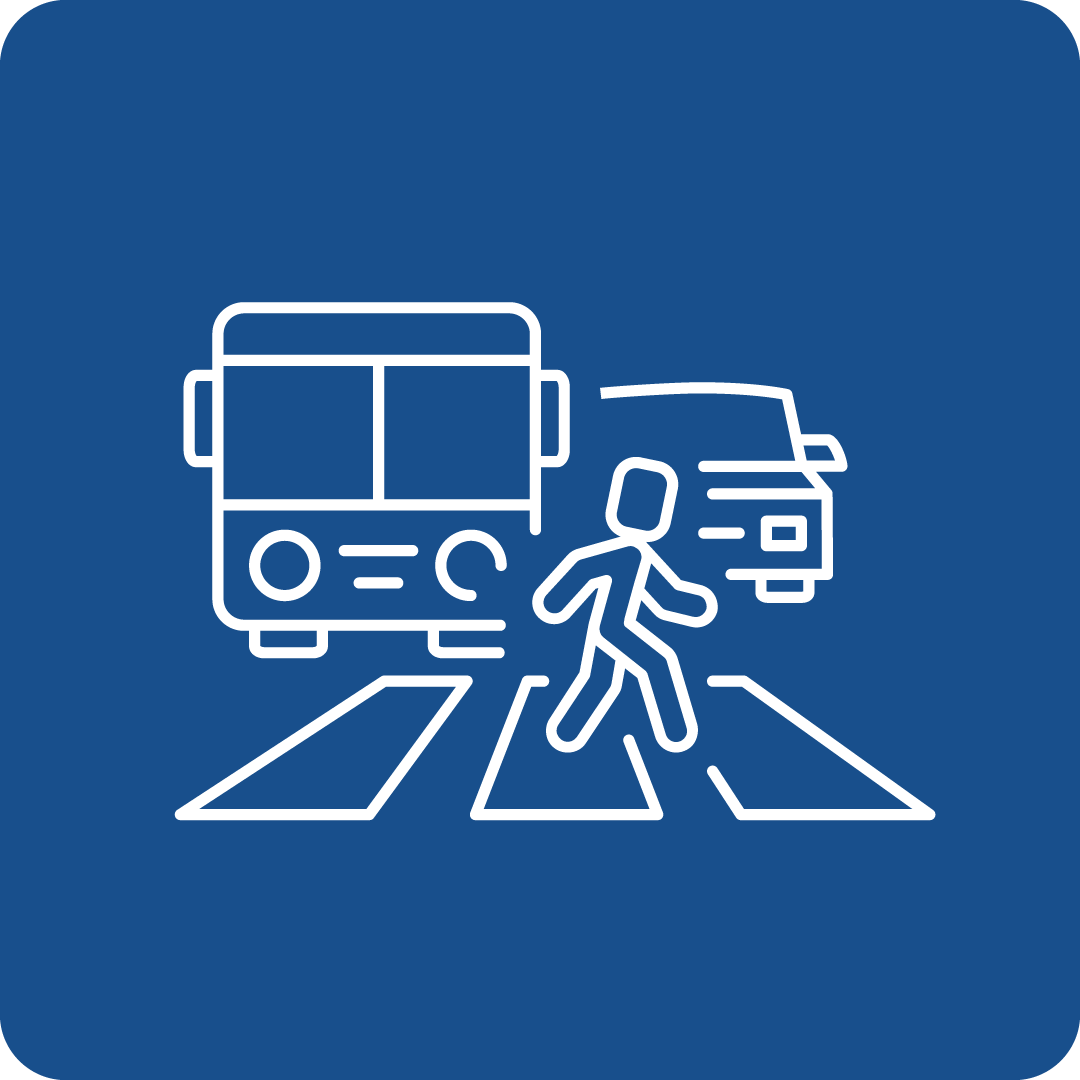Filter Search for grants
Call Navigation
Deadline expired
The deadline for this call has expired.
Call key data
Interreg Euro-MED Call 4: thematic projects
Funding Program
Interreg Euro-MED
deadlines
Opening
12.03.2024
Deadline
12.06.2024 13:00
Call budget
€ 44,000,000.00
Estimated EU contribution per project
between € 1,500,000.00 and € 2,500,000.00
Link to the call
Link to the submission
Call content
short description
Interreg Euro-MED supports projects, initiatives and policies related to climate change and the environment in line with the priorities and specific objectives set out by the European Commission for the Cohesion policy.
Call objectives
Projects must be aligned with the Programme priorities (Priority 1: A Smarter Mediterranean & Priority 2: A Greener Mediterranean).
The Programme identified 4 missions, each with specific objectives.The candidates must choose one mission to focus their project on.
- Mission 1: Strengthening an innovative sustainable economy
- Specific objective 1.1: Consolidating a competitive innovation ecosystem
- Specific objective 2.6: Supporting circular economy
- Mission 2: Protecting, restoring and valorising the natural environment and heritage
- Specific objective 2.4: Promoting climate change adaptation and risks prevention
- Specific objective 2.7: Enhancing Nature and Biodiversity
- Mission 3: Promoting green living areas
- Specific objective 2.4: Promoting climate change adaptation and risks prevention
- Mission 4: Enhancing sustainable tourism
- Specific objective 2.4: Promoting climate change adaptation and risks prevention
- Specific objective 2.6: Supporting circular economy
- Specific objective 2.7: Enhancing Nature and Biodiversity
Be careful, for this call the Specific Objective 1.1 will not be open to for the Mission Sustainable Tourism.
read more
Expected results
Mission 1: Strengthening an innovative sustainable economy
Specific objective 1.1: Consolidating a competitive innovation ecosystem
The development of research and innovation capacities of the 5helix stakeholders (Public authorities, Industry, Higher education and Research organisation, Civil society), in particular in the context of S3, and the uptake of advanced technologies is a driver to accelerate the transition towards innovative, sustainable and resilient ecosystems in the Mediterranean.
The results of the projects within this specific objective should aim at reinforcing sustainable economic sectors and the capacity of private and public stakeholders to implement a sustainable economy.
Indicative list of solutions:
- Solutions promoting climate friendly innovations and/or the uptake of advanced technologies related to S3 such as the development of new or acceptance of bio-based products.
- Solutions establishing innovative sustainable business models, practices, processes and capacities, in particular for SMEs of the bioeconomy sector.
- Solutions promoting innovative sustainable entrepreneurship and enhancing new skills and habits (especially among young people, new/emerging sectors and those in transition) such as the promotion of green/blue skills and jobs, and of sustainable behaviors.
- Solutions developing, implementing and monitoring of S3, in particular for the reinforcement of public stakeholders’ capacities.
- Solutions proposing access to financial schemes or tools for innovative products or services (Green and Blue finance), in particular for SMEs and public stakeholders.
- Solutions enhancing the creation value among 5helix stakeholders and cooperation pattern such as aligned policies and business practices or industrial symbiosis.
Specific objective 2.6: Supporting circular economy
Circular economy is a win-win strategy for the natural and the business environment, contributing to the reduction of carbon emissions and waste and at the same time creation of jobs and sustainable growth.
The results of the projects within this specific objective should aim at supporting territories to sustainably embed circular economy transition and to reinforce the circularity and resource efficiency of the related sectors.
Indicative list of solutions:
- Solutions promoting circular and sustainable product design and product development with an integrated life-cycle approach, in particular regarding plastic packaging.
- Solutions leading to resource efficiency in value chains, promoting the collaboration between supply chains and the related sectors.
- Solutions enhancing circular value chains by fostering the use of bio raw material.
- Solutions preventing and reducing bio-waste generation, improving its management and promoting its economic recovery, in particular preventing soil and water pollution.
- Solutions promoting sustainable consumption and consumers’ behavioural change.
- Solutions reinforcing the use of green public procurement.
Indicative list of strategies and action plans:
- Strategies and/ or action plans promoting circular economy actions on local and/or regional level.
- Strategies and/or action plans integrating sustainable production and consumption models.
- Strategies and/or action plans for resources management, increasing resources efficiency and productivity.
Mission 2: Protecting, restoring and valorising the natural environment and heritage
Specific objective 2.4: Promoting climate change adaptation and risks prevention
Indicative list of solutions:
- Solutions for assessing, preventing, monitoring and managing natural risks and risks linked to human activities, increasing climate protection;
- Nature and cultural heritage based solutions to adapt sustainable agricultural, landscape and forestry models and practices to climate change;
- Solutions to improve the climate-change resilience of eco-system based services linked to biodiversity and eco-connectivity;
- Solutions to develop and deploy water accounting;
- Methodologies, tools and partnership/cooperation agreements to design and further develop citizen participation in management and monitoring approaches.
Indicative list of strategies and action plans:
- Strategies and action plans for disaster risk prevention and prevention of natural hazards;
- Climate Change Adaptation Strategies/action plans - regional and local level: nature-based solutions for adaptation, local adaptation actions;
- Climate Action Plans - regional and local level;
- Strategy and action plans for integrating disaster risk prevention and/or climate change adaptation and resilience into further local/regional plans;
- Strategies providing support for the adoption of integrative planning (Maritime Spatial Planning, Integrated Coastal Zone Management...);
- Water management plans - river basin management plan;
- Plans for sustainable management of natural, forestry or landscape resources;
- Strategies/action plans intending to decline at territorial level EU policies for climate change adaptation, biodiversity or citizen participation.
Specific objective 2.7: Enhancing Nature and Biodiversity
Indicative list of solutions:
- Solutions for improving the sustainable management of natural resources and restoring overused and polluted natural environments at land and sea, including wetlands, urban and peri-urban areas;
- Solutions to monitor, restore degraded or polluted natural habitats, particularly in urban and peri-urban areas, allowing them to be more resilient;
- Solutions able to enhance the management, monitoring and connection of natural environments;
- Solutions to manage protected areas, also ensuring sustainable financing mechanisms;
- Green and blue infrastructures solutions for integrated management of natural ecosystems;
- Solutions for restoring natural functions of ground and surface water, including freshwater ecosystems (lakes, rivers, wetlands...);
- Solutions for co-management of natural resources across ecoregions;
Indicative list of strategies and action plans:
- Strategies and action plans addressing the improvement, implementation and enforcement of environmental policies/legislations, ensuring the links between environmental protection, sustainable development and citizens health. Protection, conservation and restoration of natural resources have to be integrated into territorial strategies as pillar towards a long term and sustainable growth;
- Strategies/action plans for the process of designation of new protected areas;
- Strategies/action plans for the management of natural resources in which public/private interests interfere;
- Strategies/action plans intending to decline at territorial level EU policies for biodiversity, sustainable water management or other key – strategies;
- Strategies/action plans for restoration of degraded and polluted areas at land, at sea or for transitional areas;
- Strategy and action plans for integrating protection and restoration of natural resources into further local/regional plans.
Mission 3: Promoting green living areas
Specific objective 2.4: Promoting climate change adaptation and risks prevention
Indicative list of solutions:
- Solutions supporting integrated planning and/or financing schemes for climate change adaptation and resilience as well as concepts for just transition;
- Solutions for rolling out nature-based solutions in living areas;
- Solutions to support climate-resilient, sustainable use and management of water in living areas.
Indicative list of strategies and action plans:
- Strategies and action plans for integrating climate adaptation and resilience into further regional/local plan;
- Strategies and action plans for urban agendas at local level;
- Strategies and action plans to contribute to a more effective implementation of existing policies and instruments,
- Strategies and action plans to improve access to funding/investment and for more climate-resilient living areas.
Mission 4: Enhancing sustainable tourism
Specific objective 2.4: Promoting climate change adaptation and risks prevention
Indicative list of solutions:
- Solutions to assess and mitigate the risks related to climate change.
- Solutions to calculate and reduce the impact of touristic activities on the environment, including reduction of CO2 emissions and other types of pollution.
- Solutions for the recovery of ecosystems whose resilience against natural disasters and climate change has been undermined by mass tourism.
- Solutions for the inclusion of crisis management in destination’s tourism management plans.
Indicative list of Strategies and action plans:
- Strategies and action plans for the identification and adoption of regenerative practices in the tourism sector and the management of tourism destinations.
- Strategies and action plans for Climate Change Adaptation of the tourism sector at regional and local level.
- Strategies and action plans for the renovation of tourism infrastructure or the re-orientation of buildings’ purpose towards sustainable tourism activities.
- Strategies and action plans to contribute to more effective implementation of existing policies and instruments in tourism destinations and improving their access to funding and investments.
- Strategies and action plans for integrating climate change adaptation and resilience into further local/regional development plans concerning the tourism sector.
Specific objective 2.6: Supporting circular economy
Indicative list of solutions:
- Solutions and tools establishing circular business development practices in the tourism industry, especially for SMEs.
- Solutions for the effective change in tourism behaviour promoting circularity and responsible tourism practices among the population.
- Solutions to encourage local consumption through tourism activities that showcase the local products, support the local producers and suppliers, and raise awareness of the benefits of reducing energy consumption and waste production.
- Solution for capacity-building, upskilling and technical assistance to help the tourism industry, and particularly SMEs, adopt eco-friendly and smart practices in their business models.
Indicative list of strategies and action plans:
- Strategies and action plans for improving local and regional waste management and recycling during the development of tourism-related activities.
- Strategies and action plans for resources management to increase resources efficiency and productivity in the tourism sector.
- Strategies and action plans for boosting transnational legislation that promotes green transition in the tourism sector by establishing common standards and criteria for environmental performance, energy efficiency, and circularity.
Specific objective 2.7: Enhancing Nature and Biodiversity
Indicative list of solutions:
- Solutions to support the development of innovative and low-impact tourism products and services that respect and valorise the local environment, culture, and traditions.
- Solutions to restore degraded natural habitats and enhance their sustainable tourism potential.
- Solutions to protect and preserve biodiversity in areas suffering from high touristic pressure.
- Solutions to explore/promote the connection between cultural and natural heritage, in particular with nature conservation areas under the European network Natura 2000.
- Solutions to increase connectivity between natural ecosystems with high touristic assets through effective and sustainable management plans.
Indicative list of strategies and action plans:
- Strategies and action plans for the improvement, implementation, and enforcement of environmental policies/legislations regarding the tourism sector.
- Strategies and action plans for reinforcing the links between sustainable tourism, environmental protection, sustainable development, and citizens’ health.
- Strategies and action plans for the integration of protection, conservation, and restoration of natural resources into territorial tourism strategies as pillars toward long term and sustainable growth in touristic areas.
read more
Eligibility Criteria
Regions / countries for funding
eligible entities
Education and training institution, International organization, Non-Profit Organisation (NPO) / Non-Governmental Organisation (NGO), Other, Private institution, incl. private company (private for profit), Public Body (national, regional and local; incl. EGTCs), Research Institution incl. University, Small and medium-sized enterprise (SME)
Mandatory partnership
Yes
Project Partnership
As a minimum, the project partnership must be composed of partners based in five (5) different countries within the Interreg Euro-MED Programme cooperation area.
The LP is a public body, or a body governed by public law (as defined in Directive 2014/24/EU).
Only the following 2 types of thematic projects are allowed:
Test projects experiment common instruments, policies, strategies and action plans already developed to validate concrete solutions to be transferred.
Indicative types of activities:
- Conducting preliminary or feasibility studies (if necessary and not available by other projects)
- Adapting, testing solutions through pilot activities
- Assessing and monitoring results from the pilot activities
- Elaborating plans for transferability of the results
Transfer projects optimise and share validated commoninstruments, policies, strategies and actions plans to have the stakeholders adopt them.
Indicative types of activities:
- Conducting preliminary or feasibility studies
- Developing initial stakeholder mapping to define target roles and objectives
- Developing and implementing of a targeted public relations strategy
- Designing, customizing and deploying modules for transfer of results in a step-by-step approach
For Test projects, it is highly recommended to include institutional and operational partners, mixed according to the project objectives, and not to exceed 10 project partners.
For Transfer projects, it is highly recommended to include institutional partners and networks, and not to exceed 8 project partners.
Total budget per Test project should not exceed 2 500 000 EUR
Total budget per Transfer project should not exceed 1 500 000 EUR
Test Project duration: maximum 33 months
Transfer Project duration: maximum 27 months
other eligibility criteria
The core target groups of the Programme consist of national, regional and local public authorities engaged in policymaking, working together with other relevant bodies responsible for the definition and implementation of policies.
- Mission 1: Strengthening an innovative sustainable economy- additional target groups:
- SMEs, enterprises and business support organisations
- Sectorial agencies in the field of the mission
- Higher education and research organisations
- Civil society, local communities, interest group and NGOs
- Mission 2: Protecting, restoring and valorising the natural environment and heritage- key target groups:
- Local, regional and national authorities (environment departments, energy and climate change departments, economic development departments, urban planning departments, fisheries departments...), networks of public authorities (associations of municipalities...)
- Environmental management organization/agencies
- Climate change management organisations/bodies
- Water management organisations/bodies
- Universities, higher education institutions and research centres
- Education/ training centre and school (training centre for environment, climate change, territorial planning...)
- SMEs, Economic operators
- Business support organisation (Chamber of commerce, business clusters...)
- Citizens / NGOs/ local communities and associations
- LEADER Local Action Groups (LAGs)
- Managing bodies of protected areas/ networks of protected areas
- International organisations
- Mission 3: Promoting green living areas- target groups:
- Local public authorities
- Sectoral agencies
- Infrastructure and public service providers
- Interest groups including NGOs
- Higher education and research organisations
- Education/training centres and schools
- Enterprises, including SMEs
- General public
- Mission 4: Enhancing sustainable tourism- target groups:
- Local, regional, and national authorities with competences related to tourism, resources and waste management, urban planning, transport, and environmental matters
- SMEs and economic operators in the tourism sector
- Business support organisations
- Universities, high education institutions and research centres
- Civil society, local communities and associations, NGOs involved in issues related to tourism, consumption, waste reduction, cultural heritage preservation, and ecosystem conservation and restoration
- Destination Management Organizations
- Tourism management agencies
- Energy management organizations/bodies
- Recycling organizations
- Infrastructure operators (Port Authorities, Marine Protected Areas, etc.)
Targeted areas:
The Programme targeted area goes beyond its cooperation area and covers a vast variety of territories in the whole Mediterranean whose challenges could be tackled by the projects. A realistic and detailed selection of the areas covered is fundamental for its success.
- Mission 1: Strengthening an innovative sustainable economy: There is no distinction to consider, all types of areas are represented. However, depending on the challenge(s) identified, focus could be made on a specific kind of area (coastal and maritime zones, islands, hinterland areas, mountainous, urban and rural areas) to provide adapted outputs.
- Mission 2: Protecting, restoring and valorising the natural environment and heritage. Projects should focus on the following areas:
- Coastal/ maritime areas (marine protected areas, wetlands, ...)
- Islands
- Rural and Mountain areas
- Urban areas
- Inland (including wetlands in inland and freshwaters as rivers, lakes, dams, ...
- Mission 3: Promoting green living areas. Projects should focus on the following areas:
- Coastal/ maritime areas
- Islands
- Rural and Mountain areas
- Urban areas
- Ports
- Mission 4: Enhancing sustainable tourism. In the context of this mission, most of the territories of the programme are concerned by the issues tackled by it. Nevertheless, the following areas are especially indicated for projects:
- Natural protected areas and green areas in general offering ecosystem services
- Urban areas suffering of lack of resources or excess of waste due to high tourism pressure
- Islands and remote areas
- Rural and mountain areas
- Coastal/maritime areas
- Areas with potential to offer sustainable tourism alternatives to traditional tourism activities
- Touristic areas especially vulnerable to climate change and natural disasters
- Other inland water areas affected by tourism pressure (wetlands in inland, freshwater, rivers, lakes, dams, ...)
- Areas of special interest (natural and cultural heritage)
Additional information
Topics
Relevance for EU Macro-Region
EUSAIR - EU Strategy for the Adriatic and Ionian Region, EUSALP - EU Strategy for the Alpine Space, EUSDR - EU Strategy for the Danube Region
UN Sustainable Development Goals (UN-SDGs)
![]()
![]()
![]()
![]()
![]()
![]()
![]()
![]()
![]()
project duration
between 27 and 33 months
Additional Information
The Terms of reference (one per each mission) set out the specific criteria the programme is looking for.
Applications are possible only during the dates of the call (cf. calendar below). Outside this period, no application will be considered.
Applications must be submitted online via Jems, the monitoring system developed by Interact. It is available for all applicants and partners at: https://jems.interreg-euro-med.eu/.
To help you use Jems, you can read the user manual.
The application procedure for this call consists of two consecutive stages:
- The submission of the Application Form, Euro-MED04 Call – THEMATIC PROJECTS, written in English or French: to be validated on "Jems" before 12/06/2024, at 13.00 (Brussels time). (eligibility criterion A.1)
- The submission of mandatory annexes: to be uploaded on Jems before 26/06/2024 at 13.00 (Brussels time).
Application form: the template of the thematic projects’ application form is the same, regardless of the category of project to which a Lead Partner applies and must be created and completed on the Jems platform.
The following standard annexes must be signed and uploaded in PDF format into the system by the above date (Brussels time):
- For each partner participating (including the LP) in the project: a copy of the partner declaration (or LP) generated from the Jems system. These forms must be dated and signed by the legal representative of the partner structure.
- For each of the associated partners (if applicable): a copy of the associated partner declaration, generated from the Jems system. These forms must be dated and signed by the legal representative of the partner structure.
Call documents
EuroMed 2024 ToR Mission 1EuroMed 2024 ToR Mission 1(1017kB)
EuroMed 2024 ToR Mission 2EuroMed 2024 ToR Mission 2(998kB)
EuroMed 2024 ToR Mission 3EuroMed 2024 ToR Mission 3(893kB)
EuroMed 2024 ToR Mission 4EuroMed 2024 ToR Mission 4(1017kB)
Contact
To see more information about this call, you can register for free here
or log in with an existing account.
Log in
Register now

